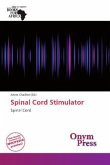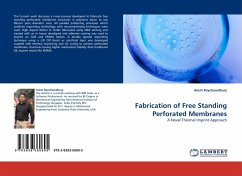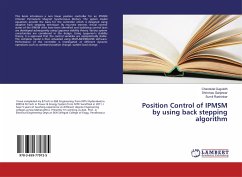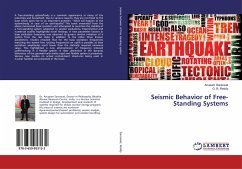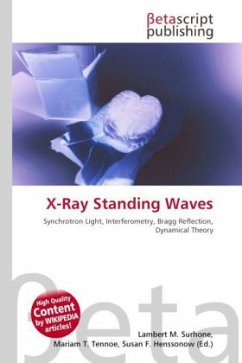Spinal cord injury (SCI) resulting in paralysis has
an enormous impact not only on the health of the
individual, but more fundamentally, on their
independence and self-image. Advancements in
treatment and rehabilitation strategies have lead to
an improvement in the quality of life of these
individuals. Physiological systems and current
rehabilitative devices are presented along with a
series of studies conducted with the goal of
developing functional electrical stimulation (FES)
techniques for restoring standing and stepping after
SCI. Knowledge of natural systems was applied to the
development of physiologically-based control
strategies and stimulation paradigms to achieve this
goal. Intraspinal microstimulation (ISMS) is
highlighted; a centrally applied FES technique which
taps into some of the physiological characteristics
of neuronal recruitment. ISMS results in increased
fatigue resistance and more graded force recruitment
relative to classical peripheral FES techniques. The
studies described here have advanced the development
of a FES system for restoring standing and stepping
after SCI while also providing insight into the
neural control of locomotion.
an enormous impact not only on the health of the
individual, but more fundamentally, on their
independence and self-image. Advancements in
treatment and rehabilitation strategies have lead to
an improvement in the quality of life of these
individuals. Physiological systems and current
rehabilitative devices are presented along with a
series of studies conducted with the goal of
developing functional electrical stimulation (FES)
techniques for restoring standing and stepping after
SCI. Knowledge of natural systems was applied to the
development of physiologically-based control
strategies and stimulation paradigms to achieve this
goal. Intraspinal microstimulation (ISMS) is
highlighted; a centrally applied FES technique which
taps into some of the physiological characteristics
of neuronal recruitment. ISMS results in increased
fatigue resistance and more graded force recruitment
relative to classical peripheral FES techniques. The
studies described here have advanced the development
of a FES system for restoring standing and stepping
after SCI while also providing insight into the
neural control of locomotion.


